Archive | Agriculture and natural resources RSS feed for this section
Agriculture and natural resources, Capacity development, Environment, Governance and public sector management, Health, Water
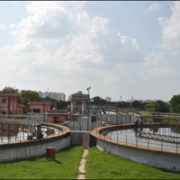 Agriculture and natural resources, Infrastructure, Regional cooperation and integration
Agriculture and natural resources, Infrastructure, Regional cooperation and integration
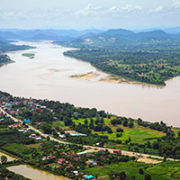 Agriculture and natural resources, Governance and public sector management
Agriculture and natural resources, Governance and public sector management
 Agriculture and natural resources
Agriculture and natural resources
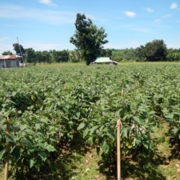 Agriculture and natural resources
Agriculture and natural resources
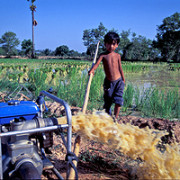 Agriculture and natural resources
Agriculture and natural resources
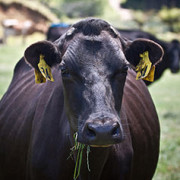
Do the socioeconomic spillovers from sewage treatment plants in developing countries justify heavy investment in them?

Decent sanitation for all is crucial for rapidly urbanizing developing countries, such as India. As large volumes of wastewater in developing countries remain untreated, the investments in treatment facilities have not kept pace with the steady increases in population and urbanization and the resulting increases in wastewater volumes.
Perspectives on Mekong-Japan cooperation for inclusive growth and mutual benefits

Rapid economic development in recent decades has transformed Southeast Asia and prepared the region to join international production networks, which allow greater exports of manufacturing products, textiles, and other primary high-quality valued added products to the international market. This economic development has been achieved thanks to investments from around the globe into the region as a result of a favorable labor force, connectivity and innovation growth, and regional political stability as driven by the Association of Southeast Asian Nations (ASEAN) vision.
Land trust laws as a solution to the land acquisition dilemma for infrastructure development in Asia

Many developing countries struggle with the dichotomy of acquiring land for infrastructure development and balancing landholder interests. Industrialization of rural villages across developing Asia (particularly in India) has created widespread social and political tensions in the recent past. Most of these are attributed to land acquisition (Sarkar 2007). The “right” of sovereignty on land has long been a contested subject. Even in democracies, the exigencies of collective benefit versus individual land rights have been at loggerheads. In the long run, growth dividends from infrastructure development and industrialization are likely to materialize (Paul and Sarma 2017), and acquisition of land to facilitate this process remains one of the main development challenges in many Asian countries.
Promoting the sustainable development goals with “win–win” regulations in food and agricultural trade

While the Sustainable Development Goals (SDGs) do not explicitly mention trade, freer trade does support at least two of them: SDG 8 (Promote inclusive and sustainable economic growth, employment, and decent work for all) and SDG 12 (Ensure sustainable consumption and production patterns) are possible through the benefits of the movement of goods and services globally. Dating back to the work of Adam Smith and David Ricardo, evidence suggests that trade is beneficial and that different types of countries can gain from trade. The gains come from efficient production and expansion of consumption opportunities.
Reinvigorating agricultural productivity in the Lower Mekong

The green revolution has done wonders for Asia. Yields for most crops, particularly the region's main staple of rice, have doubled over recent decades. In the Lower Mekong Delta, considered to be Asia's rice bowl, the new technologies and crop strains that the green revolution brought were a big success.
New Zealand: A farming and services growth model for Asia?

The story of East Asia’s rapid growth includes ample reference to the export of technologically complex manufactured goods, such as cars and computers. This is the model that has characterized Japan, the Republic of Korea, and Taipei,China. It also provides an example for Asia’s current middle-income countries, including the People’s Republic of China (PRC). They need to develop high-value manufacturing, the argument goes, churning out domestically designed goods or linking into global production networks. Failure to move up the value chain may result in a country getting stuck in the middle-income trap (Zhuang et al. 2012).


Search
Subscribe / Connect to Asia Pathways
Subjects
- Agriculture and natural resources
- Blog
- Capacity development
- Climate change
- Economics
- Education
- Energy
- Environment
- Finance sector development
- Gender
- Governance and public sector management
- Health
- Industry and trade
- Information and Communications Technology
- Infrastructure
- Miscellaneous
- Population
- Poverty
- Private sector development
- Regional cooperation and integration
- Sanitation
- Social development and protection
- Transport
- Uncategorized
- Urban development
- Video Blog
- Water
Recent Posts
- Securing Asia’s Future Through Soil Health: Why It Matters and What Must Be Done
- Silent Struggles: Advancing Women’s Mobility with Public Transportation in Asia
- Mind Your Neighbors: Measuring Shrimp Farm Spillovers
- The Knowledge Ecology: The Role of Think Tanks in Global Environmental Governance
- Building a Roadmap for Transition Finance: A Path to Net Zero




Recent Comments